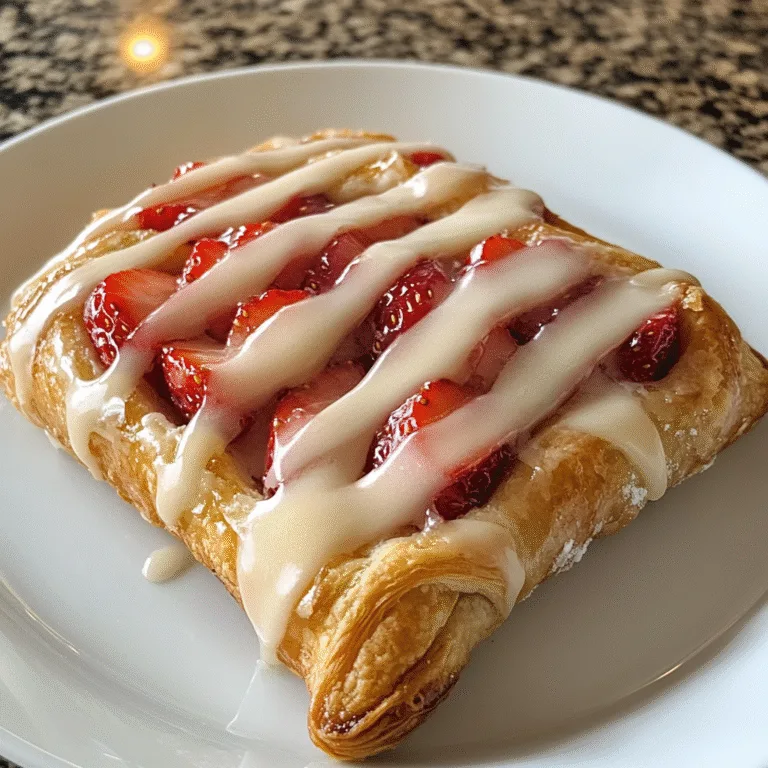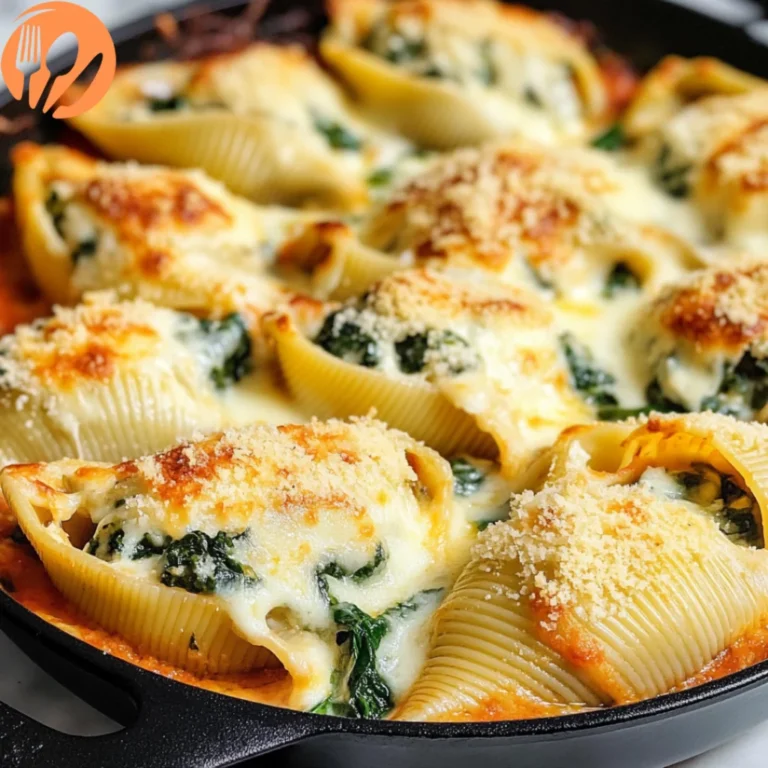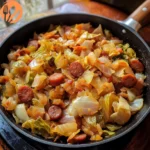Follow Me On Social Media!
Swirled Garlic Herb Cheese Bread
.. be natural
Introduction
Did you know that homemade bread recipes are searched for over 300,000 times monthly, yet most people believe making artisan-style bread at home is too complicated? This couldn't be further from the truth, especially when it comes to creating show-stopping Swirled Garlic Herb Cheese Bread that rivals any bakery creation. This irresistible bread combines the aromatic appeal of fresh herbs, the savory punch of garlic, and the indulgent richness of melted cheese – all wrapped up in a beautiful swirled pattern that's surprisingly simple to achieve.
Whether you're hosting a dinner party, looking for the perfect side dish, or simply want to fill your kitchen with the most incredible aroma, this Swirled Garlic Herb Cheese Bread delivers on every front. The best part? You don't need professional baking skills to create this masterpiece that will have your family and friends begging for the recipe.

Ingredients List
Creating the perfect garlic herb cheese bread starts with selecting quality ingredients that work harmoniously together. Here's everything you'll need for this aromatic masterpiece:
For the Bread Dough:
- 3 cups all-purpose flour (substitute: bread flour for chewier texture)
- 1 packet (2¼ tsp) active dry yeast
- 1 tablespoon granulated sugar
- 1 teaspoon salt
- 1 cup warm water (110°F)
- 3 tablespoons olive oil
- 1 large egg, beaten
For the Garlic Herb Filling:
- 4 tablespoons unsalted butter, softened (substitute: vegan butter for dairy-free)
- 4 cloves fresh garlic, minced (substitute: 1 tablespoon garlic powder)
- 2 tablespoons fresh parsley, finely chopped
- 1 tablespoon fresh rosemary, minced (substitute: 1 teaspoon dried)
- 1 teaspoon fresh thyme leaves (substitute: ½ teaspoon dried)
- ½ teaspoon dried oregano
- ¼ teaspoon black pepper
For the Cheese Layer:
- 1½ cups sharp cheddar cheese, shredded (substitute: Gruyère for sophistication)
- ½ cup Parmesan cheese, grated
- 2 tablespoons cream cheese, softened (substitute: ricotta for lighter texture)
For the Finish:
- 1 egg beaten with 1 tablespoon water (egg wash)
- 1 tablespoon sesame seeds or poppy seeds (optional)
- Coarse sea salt for sprinkling
Timing
Planning your baking schedule is crucial for achieving the perfect texture and flavor in your cheese and herb bread:
Preparation Time: 20 minutes
Rising Time: 1 hour 30 minutes (first rise: 1 hour, second rise: 30 minutes)
Baking Time: 35-40 minutes
Total Time: 2 hours 30 minutes
Note: This timing is comparable to most artisan bread recipes, though many commercial versions take 4-6 hours due to slower fermentation processes.
Step-by-Step Instructions
Step 1: Activate the Yeast
Begin by dissolving the sugar in warm water, then sprinkle the yeast over the surface. Let it sit for 5-10 minutes until it becomes foamy and bubbly. This crucial step ensures your Swirled Garlic Herb Cheese Bread will have the proper rise and texture. If your yeast doesn't foam, start over with fresh yeast.
Step 2: Prepare the Dough
In a large mixing bowl, combine flour and salt. Create a well in the center and add the activated yeast mixture, olive oil, and beaten egg. Mix until a shaggy dough forms, then turn onto a floured surface and knead for 8-10 minutes until the dough becomes smooth and elastic. The dough should spring back when gently poked.
Step 3: First Rise
Place the kneaded dough in an oiled bowl, cover with a damp towel, and let rise in a warm spot for 1 hour or until doubled in size. Pro tip: Turn your oven to 200°F for 2 minutes, then turn it off – this creates the perfect proofing environment.
Step 4: Create the Herb Mixture
While the dough rises, combine softened butter, minced garlic, and all herbs in a small bowl. Mix thoroughly until you have a fragrant, well-combined herb butter. This aromatic mixture is what gives the bread its incredible flavor profile.
Step 5: Prepare the Cheese Blend
In another bowl, combine the shredded cheddar, Parmesan, and softened cream cheese. Mix gently to distribute evenly. This triple-cheese combination creates the perfect melty, flavorful swirl throughout your bread.
Step 6: Roll and Fill
After the first rise, punch down the dough and roll it into a 12×18 inch rectangle on a floured surface. Spread the herb butter mixture evenly, leaving a 1-inch border. Sprinkle the cheese mixture over the herbs, then carefully roll the dough lengthwise into a tight log.
Step 7: Create the Swirl Pattern
Using a sharp knife, cut the log in half lengthwise, exposing the beautiful layers. Twist the two halves together, keeping the cut sides facing up to showcase the swirled pattern. Place in a greased 9×5 inch loaf pan.
Step 8: Second Rise and Bake
Cover the shaped loaf and let rise for 30 minutes. Preheat your oven to 375°F. Brush with egg wash, sprinkle with seeds and coarse salt if desired. Bake for 35-40 minutes until golden brown and the internal temperature reaches 190°F.
Nutritional Information
Per serving (assuming 12 servings per loaf):
- Calories: 285
- Protein: 12g
- Carbohydrates: 28g
- Fat: 14g
- Fiber: 2g
- Sugar: 3g
This herbed cheese bread provides a good source of protein from the cheese and contains beneficial compounds from fresh herbs like parsley and rosemary, which are rich in antioxidants. The garlic offers immune-supporting properties, making this indulgent bread slightly more nutritious than plain white bread.
Healthier Alternatives for the Recipe
Transform your Swirled Garlic Herb Cheese Bread into a healthier version without sacrificing flavor:
For Lower Calories:
- Replace half the all-purpose flour with whole wheat flour
- Use reduced-fat cheese varieties
- Substitute Greek yogurt for cream cheese
For Gluten-Free Version:
- Use a 1:1 gluten-free flour blend
- Add 1 teaspoon xanthan gum if not included in your flour blend
- Ensure all other ingredients are certified gluten-free
For Vegan Alternative:
- Replace butter with vegan butter or olive oil
- Use nutritional yeast and vegan cheese alternatives
- Substitute the egg with a flax egg (1 tablespoon ground flaxseed + 3 tablespoons water)
For Lower Carb Option:
- Try almond flour or a keto-friendly flour blend
- Reduce the total flour amount and add more cheese for structure
Serving Suggestions
Your homemade garlic herb cheese bread pairs beautifully with numerous dishes and occasions:
Main Dishes: Serve alongside Italian pasta dishes, hearty soups like tomato basil or minestrone, or as a sophisticated side for grilled meats and roasted vegetables.
Beverages: Complement with robust red wines like Chianti or Cabernet Sauvignon, or for non-alcoholic options, try sparkling water with lemon or fresh herb-infused iced tea.
Appetizer Presentation: Slice and serve warm with olive oil and balsamic vinegar for dipping, or create bruschetta topped with fresh tomatoes and basil.
Brunch Ideas: Transform into French toast or serve with scrambled eggs and fresh fruit for an elevated breakfast experience.
Common Mistakes to Avoid
Ensure your Swirled Garlic Herb Cheese Bread turns out perfectly by avoiding these frequent pitfalls:
Overproofing: Don't let the dough rise too long, as this can cause a collapsed or overly dense texture. The dough should double in size, not triple.
Uneven Filling Distribution: Spread the herb butter and cheese mixture evenly to ensure every bite has the perfect balance of flavors.
Cutting Too Deep: When creating the swirl pattern, avoid cutting completely through the bottom of the dough log, which can cause the filling to leak out during baking.
Skipping the Egg Wash: This final step creates the beautiful golden-brown crust that makes your bread look professionally made.
Rushing the Process: Proper rising times are essential for texture and flavor development – resist the urge to speed things up.
Storing Tips
Maximize the shelf life and maintain the quality of your cheese herb bread with proper storage techniques:
Room Temperature: Store in an airtight container or wrapped in plastic wrap for up to 3 days. The bread will maintain its soft texture and fresh flavor.
Refrigeration: For longer storage, refrigerate for up to 1 week. Bring to room temperature or warm slightly before serving to restore the optimal texture.
Freezing: Wrap individual slices or the whole loaf in plastic wrap, then aluminum foil. Freeze for up to 3 months. Thaw overnight in the refrigerator.
Reheating: Warm slices in a 300°F oven for 5-7 minutes or toast lightly. For whole loaves, wrap in foil and heat at 350°F for 10-15 minutes.
Conclusion
This Swirled Garlic Herb Cheese Bread proves that bakery-quality results are absolutely achievable in your home kitchen. The combination of aromatic herbs, savory garlic, and melted cheese creates a bread that's not just a side dish – it's the star of the meal. The beautiful swirled pattern makes it as visually impressive as it is delicious, perfect for entertaining or treating your family to something special.
Ready to fill your kitchen with incredible aromas and create something truly memorable? Gather your ingredients and start baking this show-stopping bread today. Don't forget to share your beautiful results on social media – we'd love to see your homemade masterpieces!
FAQs
Can I make this bread ahead of time?
Yes! You can prepare the dough through the first rise, then refrigerate overnight. Let it come to room temperature before shaping and completing the recipe. You can also freeze the shaped loaf before the final rise – just thaw and let rise before baking.
What if I don't have fresh herbs?
Dried herbs work perfectly fine in this recipe. Use about 1/3 the amount of dried herbs compared to fresh. For example, if the recipe calls for 1 tablespoon fresh parsley, use 1 teaspoon dried parsley.
Can I use different types of cheese?
Absolutely! Try mozzarella for extra stretchiness, Gouda for a smoky flavor, or Swiss for a milder taste. Just ensure you use cheeses that melt well and avoid pre-shredded varieties when possible, as they contain anti-caking agents that can affect melting.
Why didn't my bread rise properly?
This usually happens due to inactive yeast (check expiration dates), water that's too hot or too cold (should be around 110°F), or a too-cool environment for rising. Always test your yeast in the warm water with sugar – it should foam within 10 minutes.












